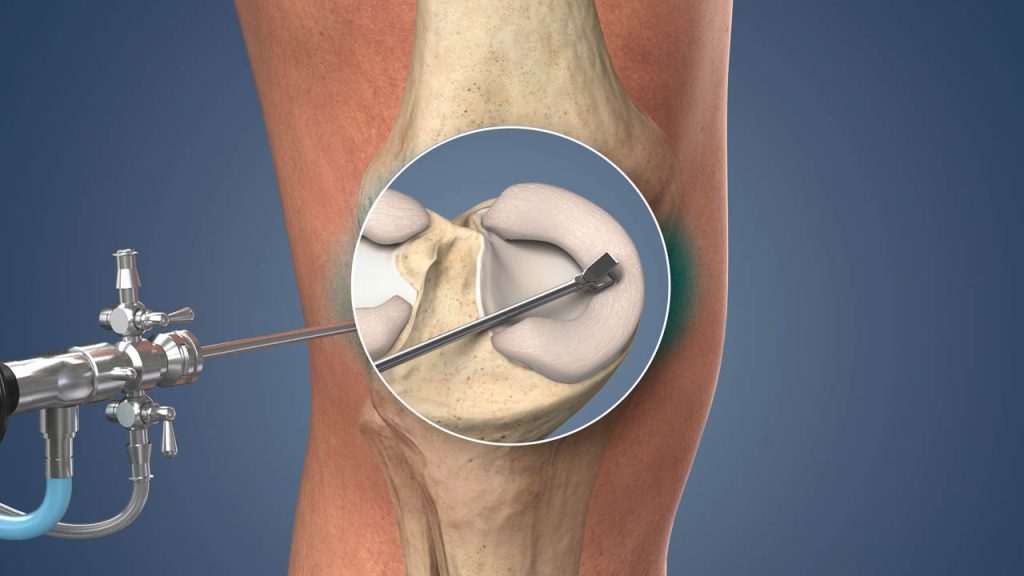Arthroscopy is a widely used minimally invasive surgical procedure that allows orthopedic surgeons to diagnose and treat joint problems. Understanding the benefits and risks of arthroscopy can help you make informed decisions about your healthcare.
What is Arthroscopy?
Arthroscopy is a surgical procedure that involves inserting a small camera, called an arthroscope, into a joint through a small incision. This allows the surgeon to view the inside of the joint on a video monitor and perform necessary treatments. For more details, check out arthroscopic surgeries.
Importance of Arthroscopy
Arthroscopy is essential for diagnosing and treating various joint conditions, including torn cartilage, ligament injuries, and joint inflammation. It offers a less invasive option compared to traditional open surgery.
Benefits of Arthroscopy
Minimally Invasive
Arthroscopy involves smaller incisions compared to traditional surgery, resulting in less tissue damage and faster recovery.
Reduced Pain
Patients typically experience less post-operative pain due to the minimally invasive nature of the procedure.
Shorter Recovery Time
The smaller incisions and reduced tissue damage mean that patients can return to their normal activities more quickly.
Lower Risk of Infection
Smaller incisions reduce the risk of infection and other complications associated with open surgery.
Accurate Diagnosis
The arthroscope provides a clear view of the inside of the joint, allowing for accurate diagnosis and targeted treatment.
Risks of Arthroscopy
Infection
While the risk is lower compared to open surgery, there is still a small risk of infection at the incision sites.
Bleeding
There may be some bleeding during the procedure, but it is usually minimal.
Blood Clots
There is a slight risk of developing blood clots after the procedure, particularly in the legs.
Damage to Surrounding Structures
Although rare, there is a risk of damage to nerves, blood vessels, or other structures near the joint being treated.
Persistent Pain
Some patients may continue to experience pain after the procedure, although it is generally less severe than before surgery.
Common Conditions Treated with Arthroscopy
ACL Injuries
Arthroscopy is commonly used to treat ACL injuries by repairing or reconstructing the ligament. Learn more about ACL reconstruction.
Meniscus Tears
Arthroscopy can effectively treat meniscus tears by removing or repairing the damaged cartilage. For more details, visit knee arthroscopy surgery.
Rotator Cuff Injuries
Arthroscopic techniques can be used to repair torn rotator cuff tendons in the shoulder.
Recovery and Rehabilitation
Recovery from arthroscopy is typically quicker than traditional surgery due to the smaller incisions. Physical therapy is essential to restore strength and mobility in the joint. Dr. Vatsal Khetan’s expertise in sports medicine can guide you through the recovery process.
Long-Term Outcomes
With appropriate treatment and rehabilitation, most patients can achieve significant improvement in joint function and pain relief. For tips on managing chronic joint pain, explore advanced chronic pain management.
Connect with Us
Follow us on social media for the latest updates:
Contact Information
Name: Dr. Vatsal Khetan Address: SK Pandey Complex, Betiahata Rd, beside Union Bank, Betiahata, Gorakhpur, Uttar Pradesh 273001 Phone: +91-9662 365 917

